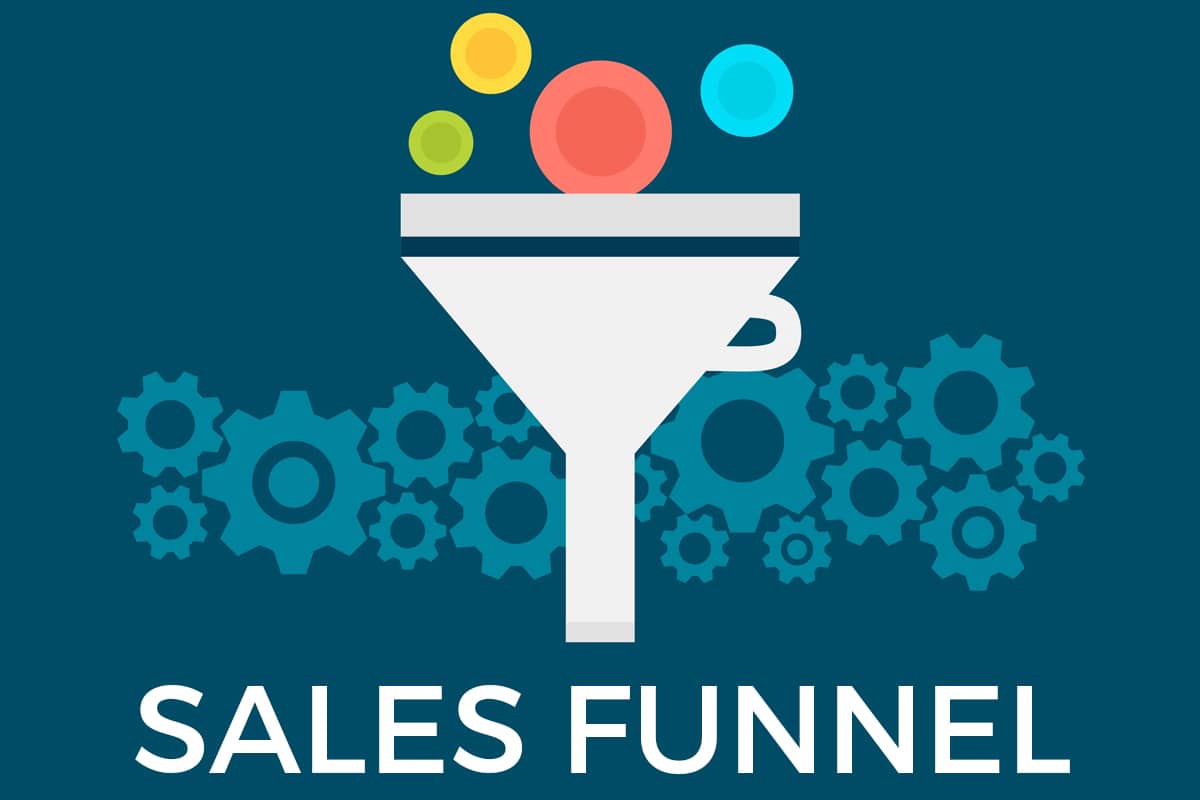Each and every one of the sales funnel stages has an impact on consumer behavior. By knowing each step, you can use better tactics to improve the number of people that go from one stage to another.
A sales funnel can have a significant impact on your business. Managing and defining your sales funnel is one of the most critical concepts in business.
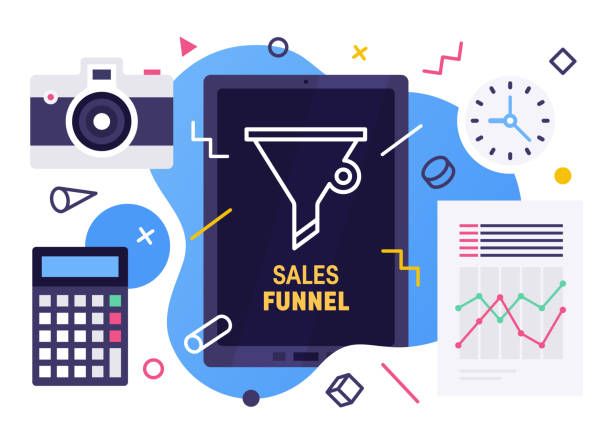
Let us say you double the number of people at the first two steps of your sales funnel. You can double the leads and increase the percentage of customers. That gives you four times the number of new customers every month.
Giving your sales pitch early on makes you look like a used car salesman just trying to close a deal. Instead of buying, leads might avoid you altogether. This is when the sales funnel comes in.
A sales funnel gives you a customer relationship-focused framework to follow, preventing you from giving your pitch too early. Rather than selling your leads on your services or products, the sales funnels allow you to educate potential customers to make a qualified purchasing decision.
The sales funnel term is somewhat misleading. However, in real life, the process never goes as smoothly as liquid down a funnel. Given this, it is increasingly crucial that business-to-business sales and marketing teams are aligned in their views of sales funnel strategy and lead generation as a whole.
Definition of A Sales Funnel
The sales funnel is the most fundamental concept in sales and marketing. A sales funnel represents the ideal path a company hopes buyers take to become customers. Most businesses use the funnel to track leads as they move through the sales stages and align sales, marketing, sales targets, activities, and processes.
The top of the sales funnel signifies every business's goal: to generate as many leads as possible. While the bottom reflects how many of these leads are converted to customers by the end of the sales process.
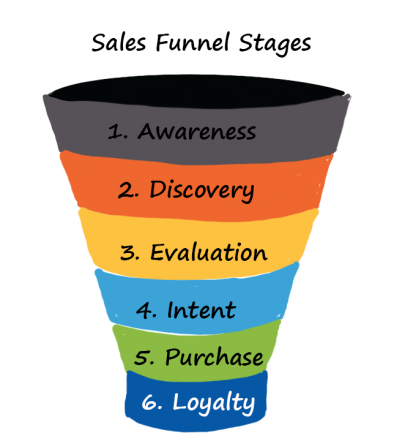
Stages of a sales funnel model follow the following phases:
- Awareness
- Discovery
- Evaluation
- Interest
- Purchase
- Loyalty
You need to precisely understand how to apply these stages to your own business when designing your funnel. You should make sure your funnel moves the most qualified leads forward effectively and filters out the unqualified ones.
Sales Funnel Stages
Let us look at the different stages of the sales funnel:
Awareness
Awareness is the first stage of the funnel. This stage aims to make prospective customers and leads aware of your business products and services. At this stage, the leads learn what your business is, what the company has to offer, its products and services, what makes you different from your competitors, and how it can help the lead.
Most commonly, the prospects learn this information from visiting your website for the very first time. They have probably discovered your site from an online ad, Google search, Facebook, or other social media posts.
At this point, they are probably not considering buying anything, so its the best to avoid making any direct offers.
Instead, you should focus on sharing useful ideas, information, advice, or solutions to a problem your audience is facing. You can do this through the content you post, like blog posts, sponsored posts, videos, or webinars, etc. The content needs to be not only informative but also exciting and engaging.
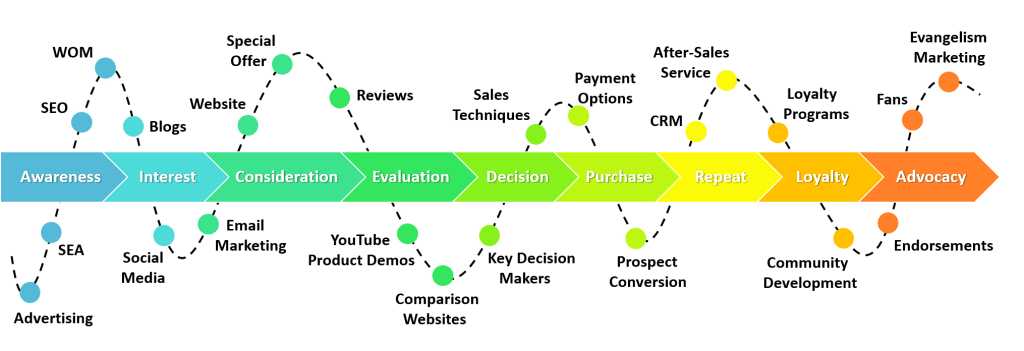
Discovery
At the Discovery phase of the funnel, your leads are interested in your services and products and want to know and understand more. In this stage, you need to share the content that addresses the leads specific problem.
This phase aims to make them familiar with your brand and provide them with content that interests them, and solves the problem enough to move to the next stage.
It would be best to educate them on the problem that your company can help solve. It would be best if you did this without pitching to them directly. When it comes to your content, you need to deliver to your prospect so they are engaged enough to continue through the funnel. This can include blog posts, podcasts, blog posts, infographics, digital magazines, videos, email newsletters.
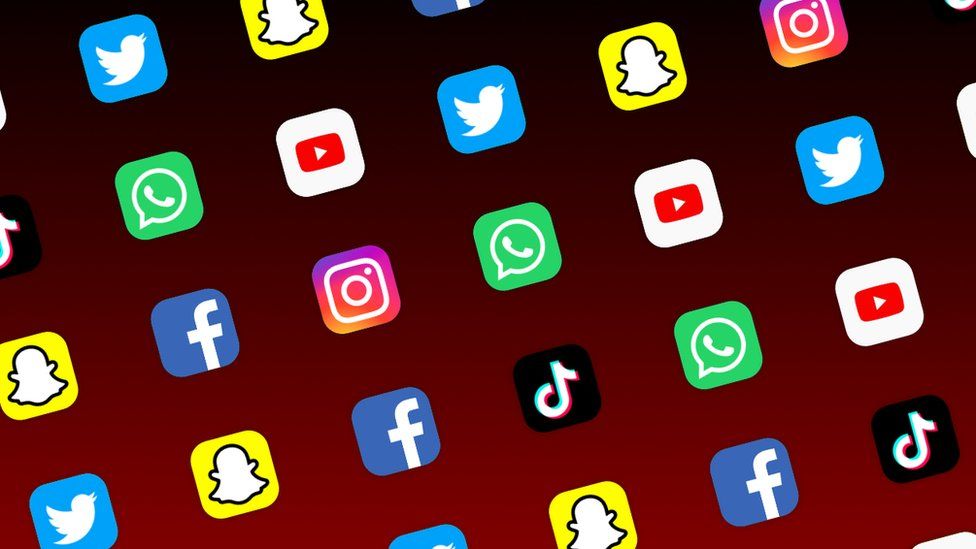
Evaluation
At the evaluation stage, your lead takes a closer look at your business and the services and products you offer. They are also looking at your competitors to see how your offerings measure up.
At this stage, the prospects want to know more about how you can help them solve a problem or issues they are facing. But they're still not ready to consider purchasing from you.
Your aim is to begin nurturing a relationship with your leads to understand their end goal better and show them how you can help them meet their goal. The ways to boost your leads are email campaigns, newsletters, free email courses, or free trials.
Intent
In the Intent stage, the prospect makes the transition to the lower funnel. They are now interested in buying your product but have not made the purchase yet. They might indicate their interest in multiple ways by watching your product demo or by adding an item to their checkout cart.
At this stage, they are usually planning to buy but are unsure and want to make sure the product meets all their needs and is at a price they are willing to pay. Here is where you have the chance to explain why your product is the best choice for a buyer.
Purchase
Once customers reach the Purchase stage, they are ready to buy. This is the point where it is safe to make your final pitch. Now you know for sure that they are interested in your offerings. You have to convince them that your offerings are worth spending the money on.
Some ways to convince and push them to make the sale include: review, testimonials, and make a trustworthy sales process. The type of content used at this stage includes special offers, customer success tips, package bundles, product training, and follow-up email campaigns.
If all goes well, the deal is closed, your lead officially becomes a paying customer.

Loyalty and Retention
Now that you have won over new customers, you want to keep them engaged and loyal for the long-term. At the Retention stage, the focus is on keeping your existing customers happy. So they will become repeat buyers and, ideally, your brand advocates.
The power of suggestion is high among buyers. When leads hear other people talk about the good experiences or benefits they have received by using a product, they are more prone to purchase it themselves. With this in mind, you should always encourage your customers to review and rank you and your business.
To ensure retention, you need to help them make the most of your product and resolve any existing problems. You want to reengage with these happy and existing customers to encourage them to buy again and refer their friends and family to your business.
We can use some of the content in this stage includes - Emails, special offers, surveys, outreach and follow-ups, product usage guides, and technical assistance or support resources.
Other ideas include: upsell campaigns, referral programs, re-engagement email campaigns, product-specific webinars and tutorials, and live demos. You will want to continue to create offers, content, and improvements to keep them engaged.
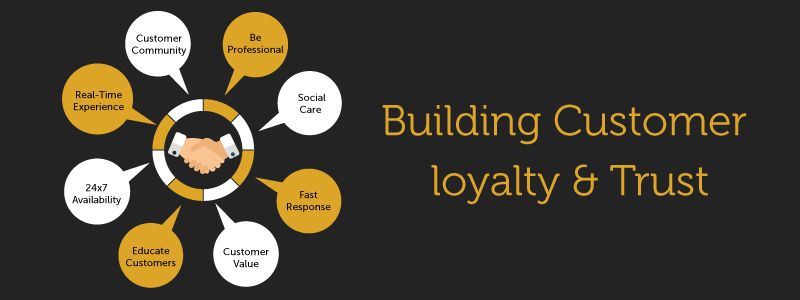
Create a Sales Funnel For Your Business
For sales funnel to exist, you will first need a lead who can move through that funnel. Once you have those prospects or leads, you can track the user behavior and engagement using lead scoring to locate where they are in the funnel.
Here are some steps to help you create a sales funnel:
Build a Landing Page
A landing page is usually where the leads first learn about your company. If they click on an advert, sign up for a webinar, download an ebook, they will go to a landing page. The page should clearly communicate who you are as a company and your unique benefits and services your business can offer. Make sure your landing page has a lead form for landing page visitors to enter their information; you can capture their email address so you can continue to communicate with them via email marketing.
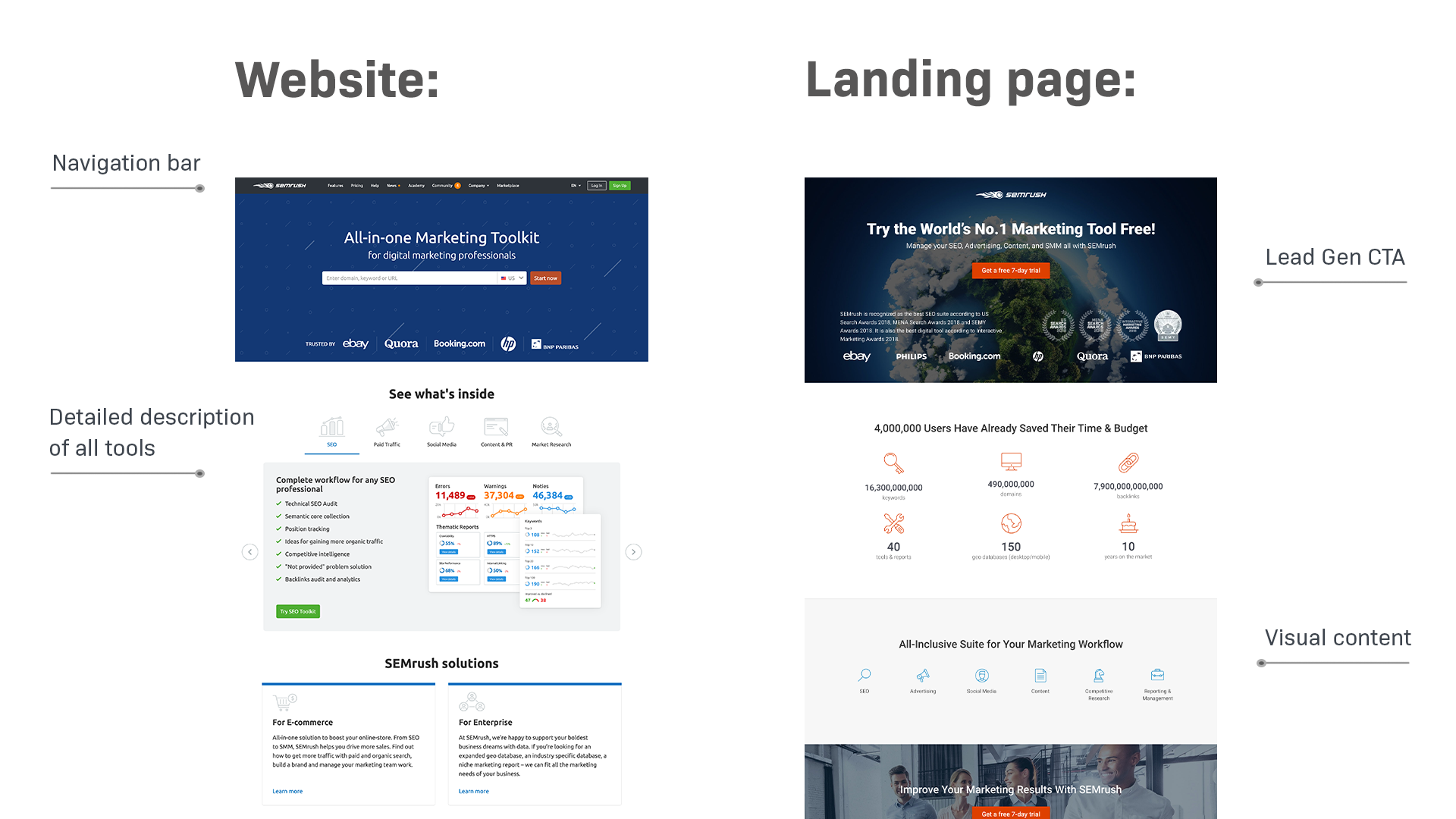
Offer Something of Value
This is the part where you have to provide something of value to your prospects in exchange for their email address. For example, a lead magnet, an ebook or whitepaper, is an effective way to offer on your landing page.
Start Nurturing
During nurturing, your prospects will move from the Awareness stage into the Interest stage. Since you have their email addresses from the landing page, you can create an email nurture series to share educational content about your offering.
Upsell
As prospects move into the Decision stage, you want to offer something that can nudge them into the direction of a purchasing decision. This could include a product demo, live demo, webinars, extended free trial, or special discount.
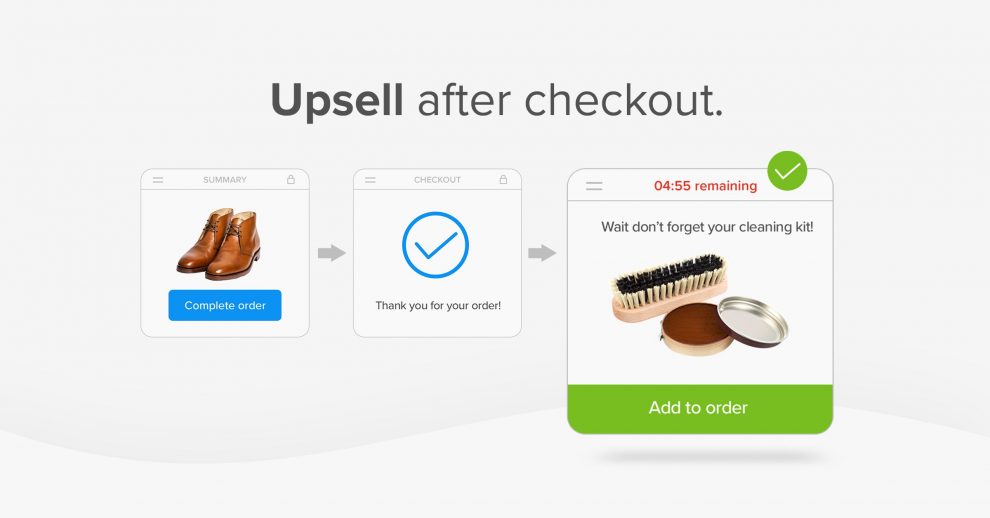
Keep it going
In the Action phase, you will either land new customers or hear why prospects aren't interested in purchasing. It is important to keep the communication going. For new customers focus should be on product education, engagement, and retention. For prospects who do not make a purchase, build a new nurture series to check in with them every few months.
Sales Funnel Management - CRM
A sales funnel simply visually depicts how leads traverse through your sales process from start to close. It is a visual representation of the numbers in the form of a funnel. However, there is more to it than what meets the eye. If you analyze the number of leads that enter your funnel and the number of leads who convert to customers, you will probably see a huge dip.
Prospects drop out of your funnel when their needs might not match the services provided. While it is close to impossible to retain every lead who enters your funnel, your sales team needs to make efforts to retain the ones who are ready to buy.
Sales teams have a hard time converting prospective leads into customers because they cannot distinguish between the hot from the cold due to the volume of leads. This results in many unqualified hot leads at the top of the funnel to drop out due to slow response times or can remain stuck in the middle of the funnel. This means they might eventually become cold leads. For any business, this causes missing out on tremendous opportunities.
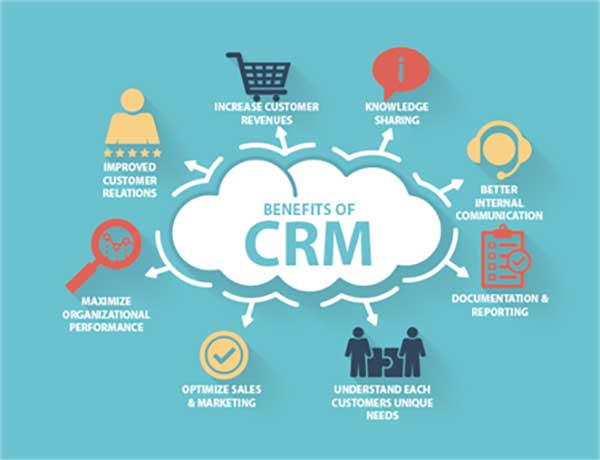
To spot and stop the leaks from taking advantage of your funnel's potential revenue, your business can consider softwares like CRM. Sales funnel software like Deskera CRM helps your business to qualify leads, track activity at every stage of the customer's journey, and follow-up automatically at the correct time.
Adopting a CRM with sales funnel management positively impacts the sales team's performance. CRM is the most beneficial tool for managing the sales funnel.
A CRM software can help you:
- Forecast your sales for the next quarter
- Help close deals faster
- Will keep track of lead's activities and engagement with your product
- Leverage reminders and keep you on top of hot deals
- Will organize your day and the time you spend with your leads
It will help your business define your sales process, help spot the leaks in the sales funnel and help streamline the conversion process to bring leads down to the bottom of the funnel to convert to customers.
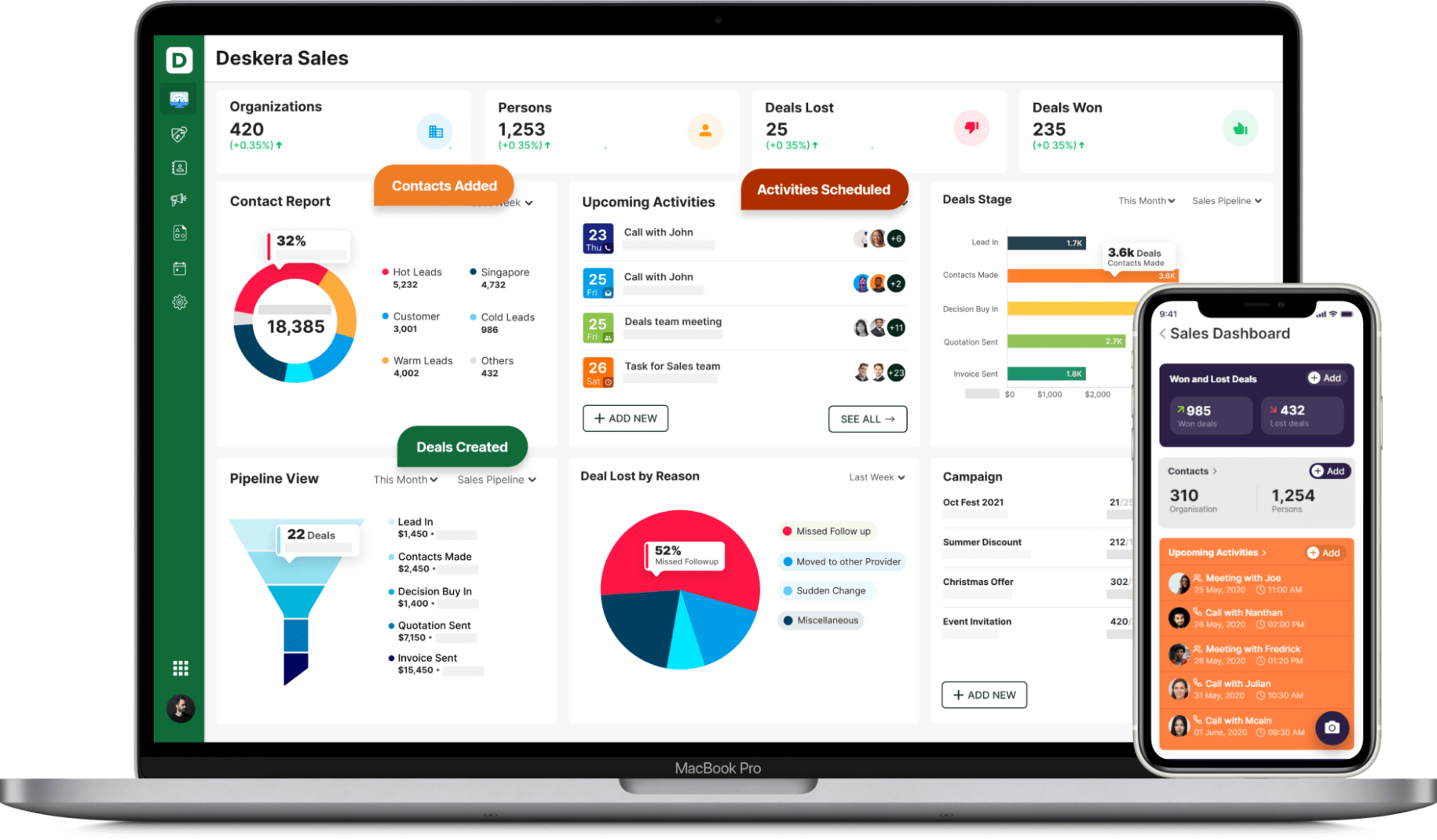
Sales Funnel Vs. Sales Pipeline
Sales funnel and sales pipeline can often be misunderstood to be the same thing. They might seem like they are the two sides of the same coin carrying the same value but different design. However, sales funnel and sales pipeline are discrete, both in data and in the representation of the data. While the sales funnel is about leads, the sales pipeline is about deals.
Sales funnel - is the stages in the sales process your leads go through before becoming customers. Whereas, sales pipeline consists of every stage in your sales process that your salesman takes to move a deal from start to close.
A better way to explain this is - A sales pipeline reflects what your sales rep or team does during the course of a sale, and a sales funnel measures how well they are doing it.
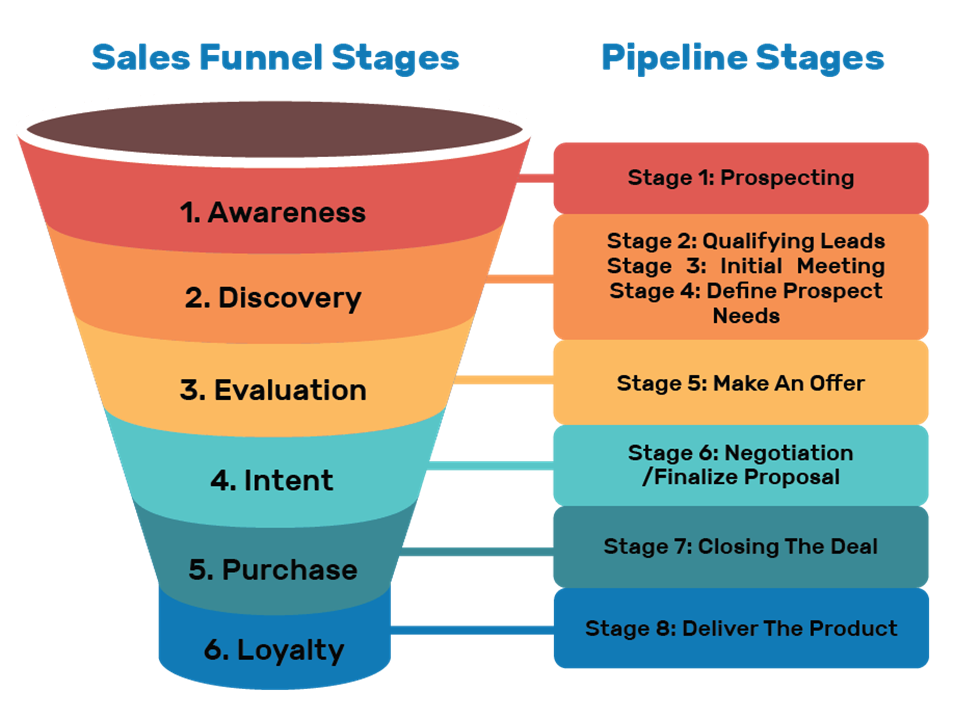
Key Takeaways
Understanding a potential customer's pain points and questions in their mind, you can now map out and implement a start-to-end sales funnel that will make you an efficient salesperson.
The key points for you to take away from this article is:
- Sales funnel is a method of tracking and visually illustrating your prospect's conversion rates between pipeline stages
- Sales funnel report's role in any sales strategy is to help you know where and when to re-focus your efforts to close deals
- Your sales pipeline is the path a customers take, separated into various stages
- The top, middle, and bottom of the sales funnel define the depth and kind of information or knowledge your prospects need at each stage of the customer journey
- A well-defined sales funnel impacts the way your leads and customers see your business
- The structural approach is critical in defining your sales funnel, as well as in fixing any sales funnel leaks
- A good sales funnel software amplifies the value of your sales funnel

